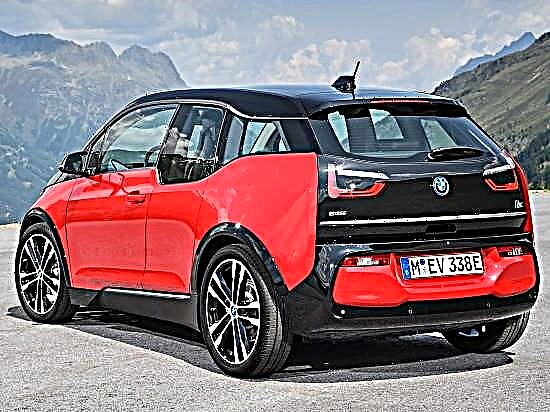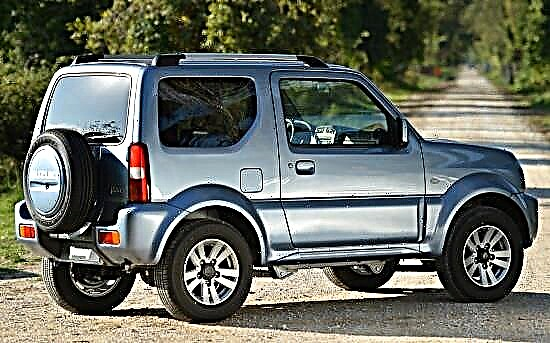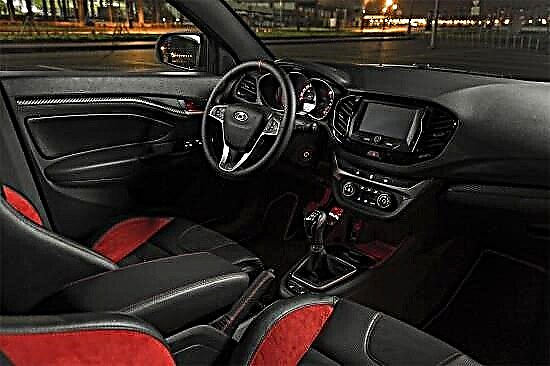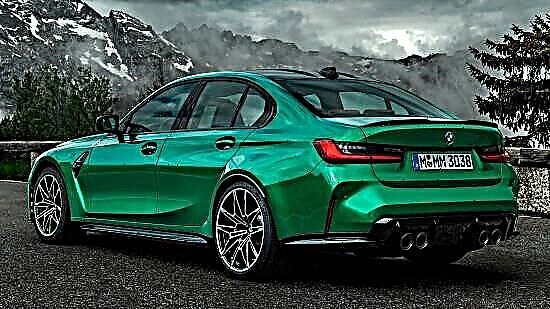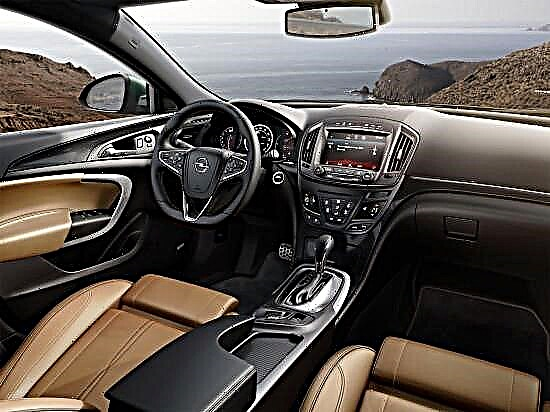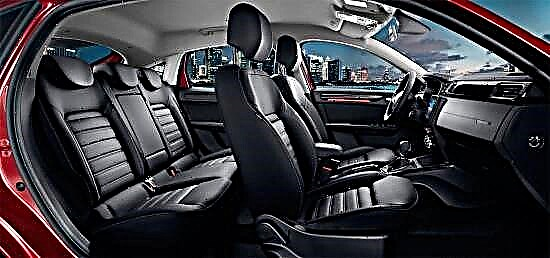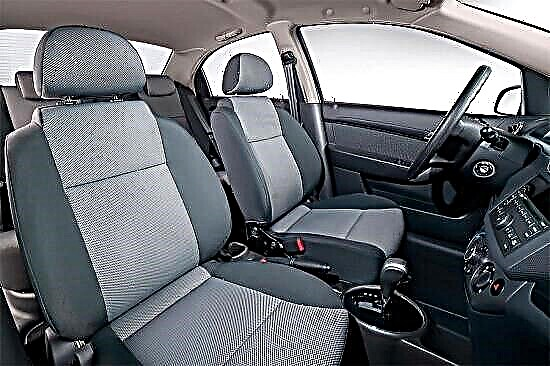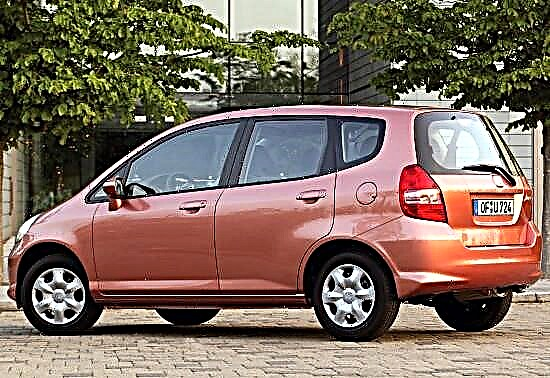The five-door subcompact class car Honda Jazz of the first generation (known at home and in some other countries under the name Fit) celebrated its official premiere in June 2001 in Japan, and celebrated its European debut in March 2002 at an exhibition in Geneva.

In the summer of 2004, the hatchback underwent a small upgrade, which affected the exterior, interior and equipment list, and continued its "conveyor life" until 2008.

"Jazz" of the original generation, "performing" in the B-class according to European standards, is 3845 mm long, and 1675 mm and 1525 mm in width and height, respectively.

The five-door has a wheelbase with a length of 2450 mm and a 140-mm clearance under the bottom.

The "combat" weight of the vehicle ranges from 980 to 1084 kg, depending on the modification.
Specifications. For the first "release" of the Honda Jazz, exclusively atmospheric gasoline engines with a volume of 1.2-1.5 liters were provided with four vertically oriented "pots", distributed fuel injection and an 8- or 16-valve timing, giving out 78-120 horsepower and 110-145 Nm of peak torque ...
They were combined with a 5-speed "mechanics", 5-band "automatic" or continuously variable CVT and front-wheel drive transmission.
In the Japanese market, the Honda Fit was available with Real Time 4WD all-wheel drive, which automatically supplies traction to the rear wheels when needed.
The Jazz is built on a front-wheel drive architecture with McPherson-type independent front suspension and a semi-independent H-beam rear system with widely spaced shock absorbers.
The rack and pinion steering on the hatchback is equipped with electric power assistance by default. The brake complex of the car is endowed with ventilated "pancakes" at the front and drum devices at the rear (on versions with a 1.3-liter engine, the discs are placed "in a circle"), as well as ABS, EBD and BAS as standard.
The original generation of Honda Jazz has a lot of advantages - good looks, reliable design, well-organized interior, good handling, energy-intensive and moderately stiff suspension, decent equipment, moderately powerful engines, etc.
At the same time, negative aspects are also listed in the hatchback's asset, namely: low ground clearance, high windage with a serious side wind and expensive original spare parts.

